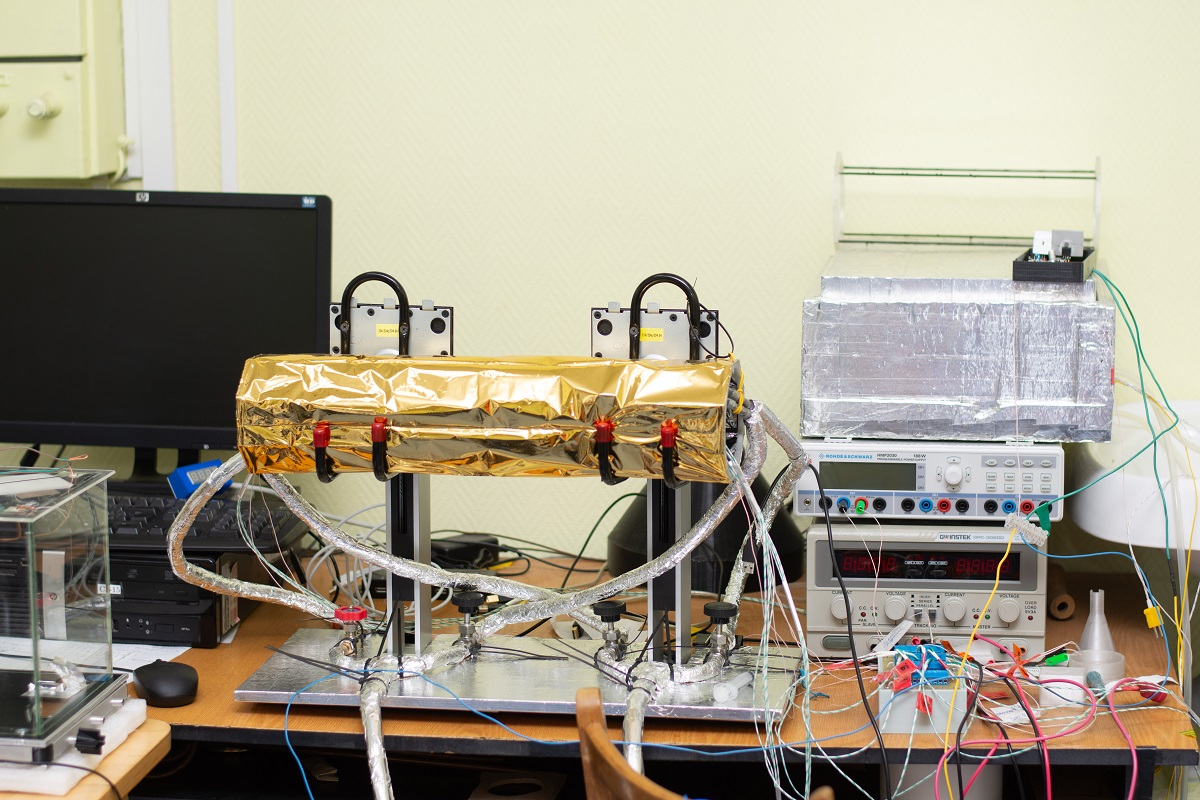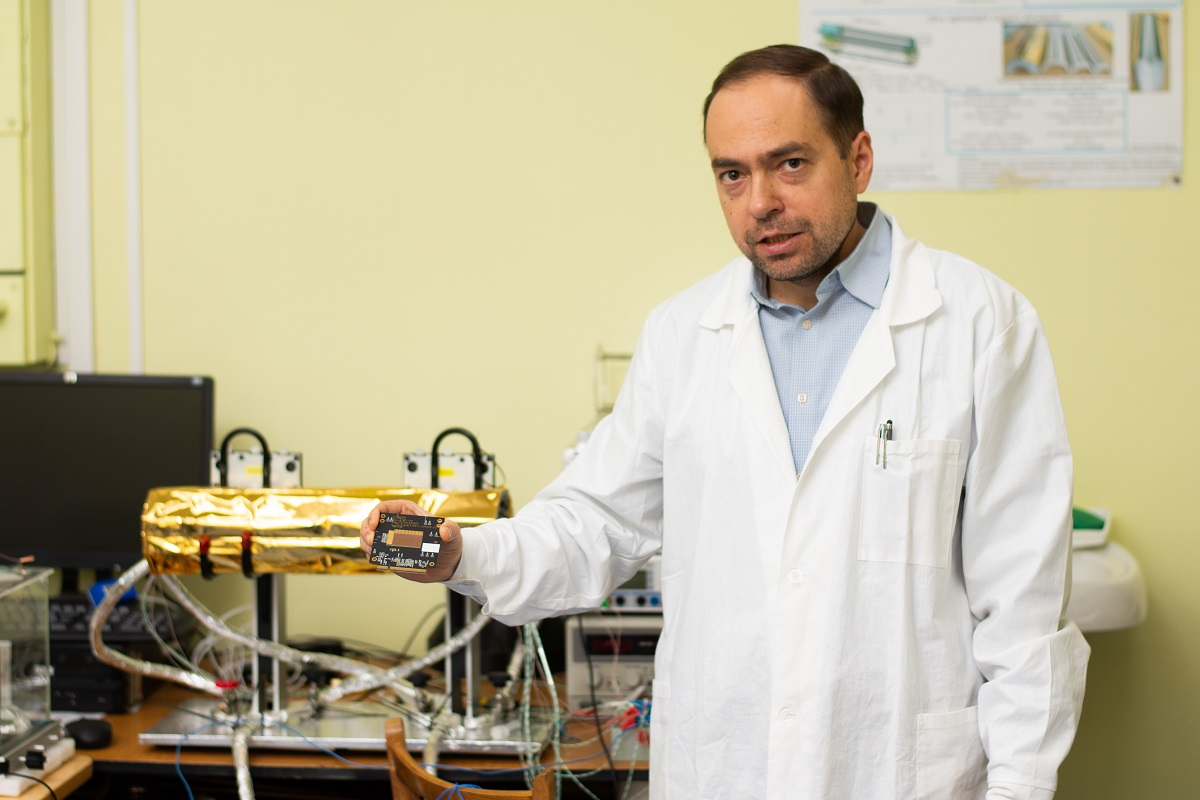Scientists from St Petersburg University develop a concept for a detector system to study superdense nuclear matter at the NICA collider
Physicists from St Petersburg University have developed a detector using thin, large-area pixel sub-detectors for precision tracking of charged particles that are produced in the superdense nuclear matter. This is the focus of research that will be carried out at the Russia’s NICA collider.
Currently, a new accelerator complex NICA (Nuclotron based Ion Collider fAcility) is being developed at the Joint Institute for Nuclear Research (JINR) in Dubna (Moscow Region). The accelerator complex is specifically designed to recreate the state of matter that is believed to have existed shortly after the Big Bang. The researchers also face the task of studying superdense nuclear matter, comparable to the densities of neutron stars. This is a fundamental task that helps to understand the processes of the origin of life and the appearance of organic matter.
The developments of scientists from St Petersburg University are published in the Bulletin of the Russian Academy of Sciences: Physics.
Such experiments are designed to study tiny particles and nuclei that are accelerated and collided at high speeds. To identify the traces they leave, researchers use detector systems. Without detectors, we cannot gather clues about the particles. To draw reliable conclusions from the data obtained, researchers must track accurately the trajectory of particles right after the collision occurs.
Just as hunters can identify animals from tracks, physicists identify particles from the traces they leave in detectors, including, among other things, measuring a particle’s momentum. These experiments may help us assemble a puzzle with tiny pieces to shed light on some of the deepest mysteries of the Universe.
In our research, we have examined the global experience in designing detector technologies, including those used at the Large Hadron Collider. Using existing technologies, we tried to adapt them to the tasks of the experiments at NICA, specifically for studying superdense nuclear matter. As a result, we have developed the most effective concept for this project and designed elements of the detector system that can be used at the Russia’s collider in the near future.
Vladimir Zherebchevskii, Associate Professor and Head of the Training Laboratory of Nuclear Processes at St Petersburg University
The developed technology is similar to the pixel matrix of a camera, which registers visible light. The detectors of the scientists from St Petersburg University register nuclear radiation using similar principles. These detectors are made using the main material in modern microelectronics, i.e. silicon. The silicon platform can accommodate both the detector and all the electronic devices necessary for such high-precision research.
Many layers of these pixels are created, located on thousands of platforms. Thanks to their abundance, any trajectory of particles can be tracked with great accuracy. Our research is at the cutting edge of science. Such devices are now being designed by world leaders in the field of nuclear physics.
Vladimir Zherebchevskii, Associate Professor and Head of the Training Laboratory of Nuclear Processes at St Petersburg University
The work was carried out within the framework of the project "Superdense nuclear matter and methods of its study in experiments at the NICA accelerator-storage complex", supported by a grant from the Russian Science Foundation. St Petersburg University is the leader in the number of grants from the Russian Science Foundation. In 2022, St Petersburg University scientists received 112 grants, which accounted for 5.5% of the total number of winning projects and was the largest number of grants for one organisation. In 2023, the University retained its leadership position. St Petersburg University scientists received 70 grants, which accounted for 5% of the total number of winning projects. In November 2024, the Interdisciplinary Resource Centre for Nanotechnology at St Petersburg University created a congratulatory inscription in honour of the 10th anniversary of the Russian Science Foundation on the University’s badge.
Physicists from St Petersburg University have a wide range of competencies in the field of designing detectors for colliders. The team of scientists led by Vladimir Zherebchevskii is also developing new devices for diagnosing oncological diseases based on such pixel detectors. The scientists have modelled the mechanism of nuclear fusion by studying the dependence of the astrophysical S factor in the energy range characteristic of stars. You can find more information on the St Petersburg University’s Heinrich Terahertz podcast.



